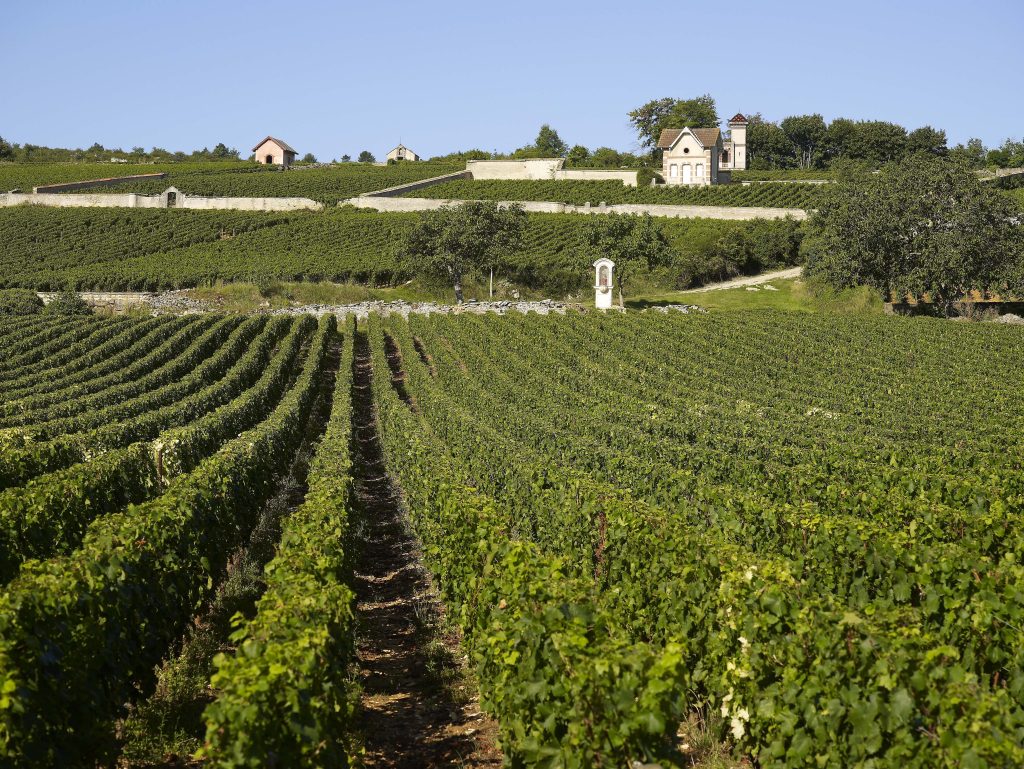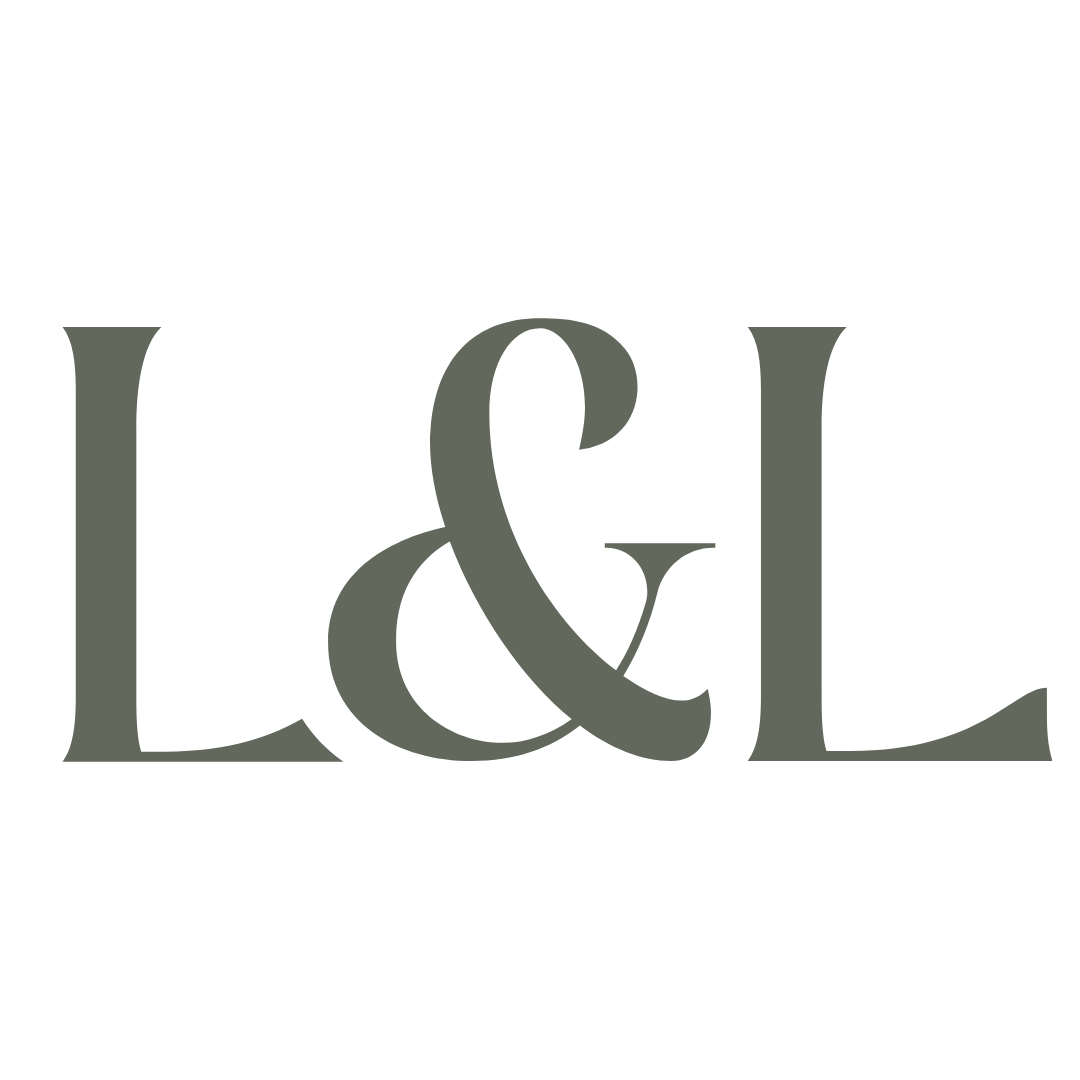Liquid Legacy
It is the tipple of choice for drowning sorrows, singing serenades and celebrating success, and no region better represents the journey of ‘grape to glass’ than the famed vineyards of Burgundy, France. Words Sara Faull.
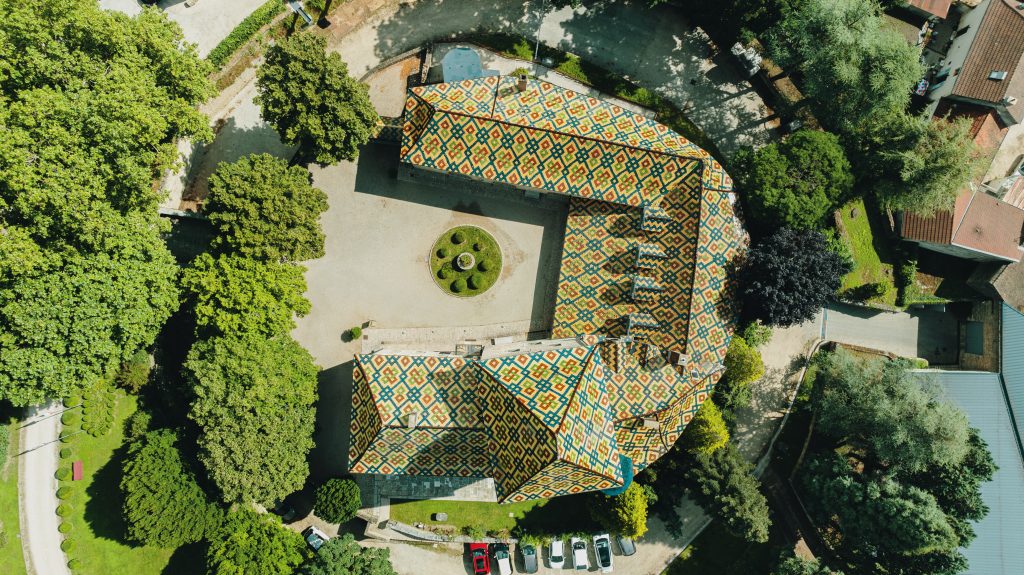
To separate a Burgundian from his grapes, would be like cutting off his roots and pruning out his heart. Wine – 20,000 hectares of vineyards to be exact – is the very lifeblood of this region in central France. Visually, the sight of tethered vines as far as the eye can see, is utterly breathtaking. You notice that some vineyards are ‘clos’, enclosed by low, dry-stone walls initally built in mediaeval times to keep out domestic animals, and that tombstones dot some vineyard perimeters, where winemakers of old decided they wanted to be buried under their vines. It is harvest time and the leaves of the grape vines are every shade of green, forming a verdant mosaic against villages with shuttered homes the colour of clotted cream, stone and terracotta, narrow canals and grand chateaux.
Viticulture here is everything – agriculture and science, family and conversation, commerce and tourism, and I am lucky enough to immerse myself in its inctricacies for five days, accompanied by family, including sommelier Alex Collins – who may live in Melbourne but carries Burgundy Chardonnays in his soul.
Our arrival is simple enough. High-speed Eurostar from London to Paris (around two hours).
Change of train station and a more sedate train journey of under two hours to Dijon (of mustard fame) and then a 35-minute drive to our gite at Marey-lès-fussey – a tiny village in the canton of Nuits-Saint-Georges in the Côte d’Or, perhaps 20 minutes by car from Beaune.
Interestingly, it takes our host less than two minutes to start opining about wine and the extraordinary ability of Burgundian vines that are less than a few metres apart to produce wines that look and taste quite different. All thanks to the ‘terroir’ or subtle alchemy between soil composition, climate conditions and the ingrained know-how of vintners who have produced highly prized stimulants, harvest after harvest, century after century.
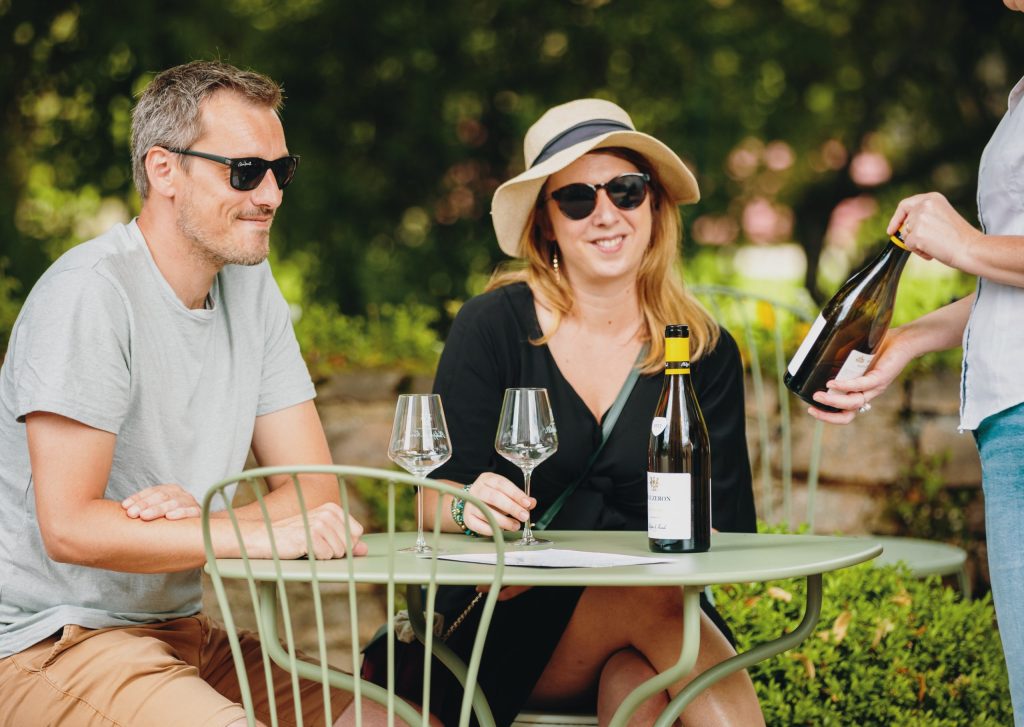
Before we start visiting any actual vineyards, Alex gives us a little more backstory. Burgundy, he explains, is famed for its Pinot Noirs in the Côte de Nuits in the north and Chardonnay in the Côte d’Or (‘golden slope’) in the south. Legend has it, he continues, that Emperor Charlemagne had such a habit of dribbling his ruby pinot into his white beard that the empress insisted white wine grapes should be planted … and so they were.
Burgundy’s vineyards have an ancient history of 2,000 years. First planted by Celts and Romans, then owned and expanded by the church, confiscated during the Revolution and (thanks to the Napoleonic Code which decreed that any estate had to be divided equally amongst any progeny) has led to the present plethora of petite, family-owned wineries that are perfect for the tourist to visit.
Next, how to ‘read’ the wine label when it is bottled. ‘Wine that is identified as “Burgundy” is entry-level wine that must come from this region,’ Alex explains. ‘“Village” is a step up and must come from a particular area. “Premier Cru” identifies grapes from higher up the slopes and sounds like it should apply to the best-quality vines, but that title belongs to the label “Grand Cru” which will also identify and include the name of the actual vineyard.’
We get to sample three of the four categories of wine at Domaine Comte Senard in the tiny village of Aloxe-Corton, during our first wine-tasting experience.
During the tasting, soil types are discussed – limestone for Chardonnay and clay for pinot. We are shown the vineyards, where on the Hill of Corton, Grand Cru is produced by vines that can delve 22 metres in 22 years in their search for moisture. The best wine it seems, like the best life lessons, comes from struggle. Finally, we are shown one of the deepest cellars built in the 13th century by Benedictine monks, gasping at the history and the mystery, the cool and the musty, ancient ambiance.
Over the five days, as well as sipping some extraordinary wines, we tasted some unforgettable regional delicacies, including the menu at ‘Ma Cuisine’ in the centre of Beaune. This, Alex explains, was the first bistro in France to have a wine list of 20,000 bottles. More ‘bible’ than brochure, the most expensive bottle amongst the selection is a Romanée-Conti Grand Cru valued at €24,200 per bottle! Here, in a very unassuming setting of wine box labels inset into the dining tables and empty bottles displayed on wine crates, we feasted on French regional classics such as boeuf bourguignon, snails in garlic and parsely, coq au vin and rabbit terrine.
A day later in the little village of Volnay, at the very picturesque and chic Le Cellier Volnaysien, we tasted another version of coq au vin that was so creamy and a tarte Tartin that was so intense, they still flavour my dreams. Do not go to Burgundy on a diet and remember that many shops close at lunchtime and open again late afternoon, and many restaurants are closed on a Sunday and/or Monday, so it pays to check opening times when you make a booking.
Viticulture here is everything – agriculture and science, family and conversation, commerce and tourism.
Over the course of our five-day sojourn, we visited the beautiful town of Beaune (which is considered the wine capital of the region) many times because of its Saturday market, its vibrant shops and cafés and its famous tourist attractions, like the extraordinary Hôtel-Dieu or Hospices de Beaune. This former hospital was founded in the 15th century by a Duke of Burgundy, Nicolas Rolin and his wife, to provide a place of rest and recuperation for the sick and the poor. The building, it is agreed, is a perfectly preserved jewel of Gothic architecture with its dramatic, polychrome roof of glazed tiles and the gem-bright colours of the altarpiece of The Last Judgement by Rogier van der Weyden. We were amongst a steady stream of tourists on a Sunday morning with entry costing around €12. Allow at least an hour or two to wander through all the rooms that have been historically ‘recreated’ to illustrate the nuns’ work running the hospital, pharmacy, kitchens, gardens and tending to the sick and the poor.
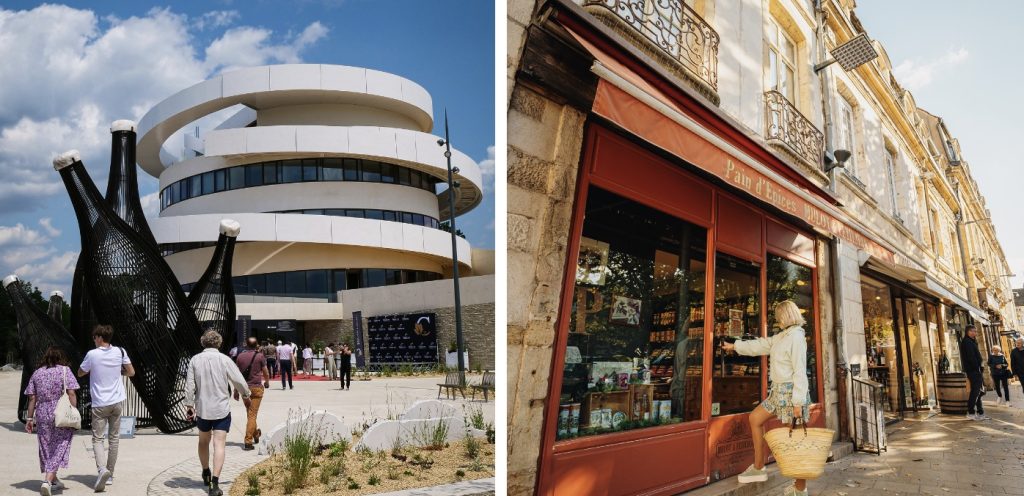
We also visited the Notre-Dame Basilica, which is also at the heart of this ancient town and is one of Burgundy’s last great Romanesque churches. Still an active part of the life of the town, we happened to arrive at the close of a Sunday service, when young French families were still gathered on the steps, catching up on all the local gossip.
Burgundy is beautiful, fascinating and brutal if you are watching your weight or choose to be teetotal. But if you want to experience some of the more than 1,800 ‘Climats de Bourgogne’ or vineyard plots, then you can hire your own personal wine guide, go on organised group ‘safari’ tours of the vineyards in vans, and there are numerous cycling tours and walking tracks.
Finally, let’s not forget the story of the Sun King (Louis XIV) who, one vintner told us, was ordered by his doctor to drink one glass of Burgundy wine a day, for his health and longevity. Since he lived to the ripe old age of 76 after the longest reign in France’s history, it is agreed that Burgundy’s wines should be considered as much medicinal tonic as alcoholic elixir. And I’ll say, ‘Let’s raise a glass and chorus Santé!’ to that.
Wine Tasting
Wine tasting, I have decided, is equal parts ceremony and technique. It goes something like this:
Step 1 – Hold the glass by the stem and lower your nose into the glass (first nose).
Step 2 – Swirl the glass several times to ‘irritate’ the wine as Alex terms it and smell again (second nose).
Step 3 – Aerate the wine by sipping, ‘trilling’ in the mouth while drawing in air and tasting the aromas on the tongue … this bit is noisy and obviously takes practice!
Step 4 – Spit wine out into the receptacle provided – a spittoon. This feels wasteful but is necessary to avoid inebriation and needs to be done with deliberation, or it will dribble down your chin as it did with me (and possibly Charlemagne)!
Where to Stay
Because tourism piggybacks the wine industry, there is a plethora of places to stay in Burgundy for every budget – from Airbnb accommodation to sleeping in a chateau, abbey or vineyard. Staying outside Beaune, in any of the surrounding, picturesque villages, is cheaper but requires a car.
Wine Tasting & Tours
Burgundy is all about wine and the locals are as keen to share their knowledge with you as they are enthusiastic about their own varieties. However, try not get into a discussion about the merits of Burgundy versus Bordeaux unless you have plenty of time … A one-hour wine tasting at Château de Pommard in Beaune will cost around NZ$40 per person. While from Beaune, a Burgundy day trip of around nine hours with 14 wine tastings will set you back between $400 and $500 per person. A three-hour winery tour by bicycle with wine tasting would cost around $140.
Where to Eat
For an authentic food and wine experience, we were wowed by the food and wine at Ma Cuisine in Beaune and Le Cellier Volnaysien in Volnay. But you can walk down any street in Beaune and there are eateries of every kind. For the most popular restaurants, bookings are essential and remember, many restaurants are closed on a Sunday or Monday and most shops close around lunchtime and open again later in the afternoon.
Not to be Missed
The weekly Saturday market in Beaune’s town centre for fresh produce and unusual wares is a must, as is the 15th-century gothic hospice Les Hospices de Beaune for its architecture and history.
And you can’t go past Romanesque church Notre-Dame Basilica, which is still at the centre of family life and is in the centre of the town.
Images Beaune Tourism
